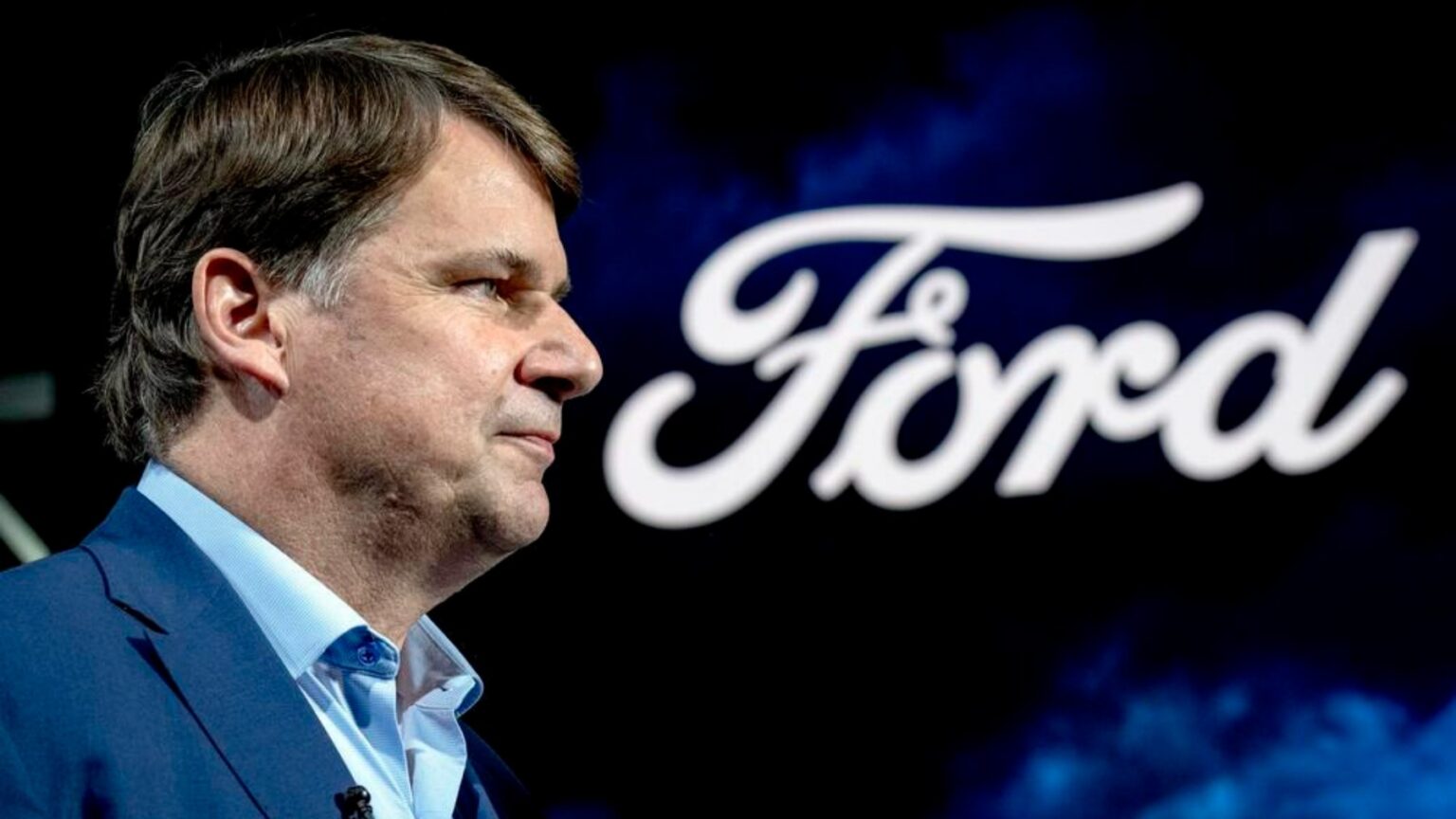For Ford Motor Company CEO Jim Farley, who runs one of the largest U.S. auto manufacturers, chasing a competitive edge in the electric vehicle race can sometimes mean getting behind the wheel of a competitor’s car.
Ford has spent years, and billions of dollars, making inroads into an electric vehicle industry that’s currently dominated by Chinese company BYD and Elon Musk’s Tesla. Part of that effort has involved driving Chinese cars to scope out his competition, Farley said during a speech at Stanford University in March 2024.
He once spent at least six months driving an electric vehicle made by Xiaomi, a company more well-known for its smartphones and consumer electronics, he added during an October 2024 podcast episode of the “Everything Electric Show.”
“We flew one from Shanghai to Chicago, and I’ve been driving it for six months now and I don’t want to give it up,” said Farley, now 62.
Farley’s comments came well before President Donald Trump’s April tariff policies ignited a trade war between the U.S. and China, potentially complicating the Ford CEO’s rivalry and relationship with Chinese auto brands.
But the strategy of testing your rival’s products can be useful. Costco co-founder Jim Sinegal, for example, still visits Trader Joe’s locations for market research, he told the Wall Street Journal on April 16 — adding that he tries to avoid actually buying anything.
“I go in there because I want to see how many Costco customers are in there,” said Sinegal. “They’re fantastic [at private labeling]. They’re a terrific company.”
Simon Sinek, a bestselling author and leadership expert, endorses the idea of observing your competitor’s strengths and weaknesses as a way to gauge your own path forward.
“I believe in the concept of worthy rivalry,” Sinek said in a YouTube video posted on April 4. “Find another player who is as good or better than you at some things. [Let] their strengths reveal to you your weaknesses, and use them as a foil.”
Just be careful: Fixating too much on your competitors’ weaknesses, and designing your strategies around them, can lead you to ignore your own strengths.
“People will tell you that the best way to grow at work is to focus on your weaknesses. That’s not true. If you want to grow, you need to focus on skills and practices that are already strong,” author and business consultant Marcus Buckingham
He added: “This doesn’t mean you should ignore your weaknesses. If there are areas that need work, then sure, take a machete and hack your way through them. Just don’t expect those weak areas to lead you to excellence.”

